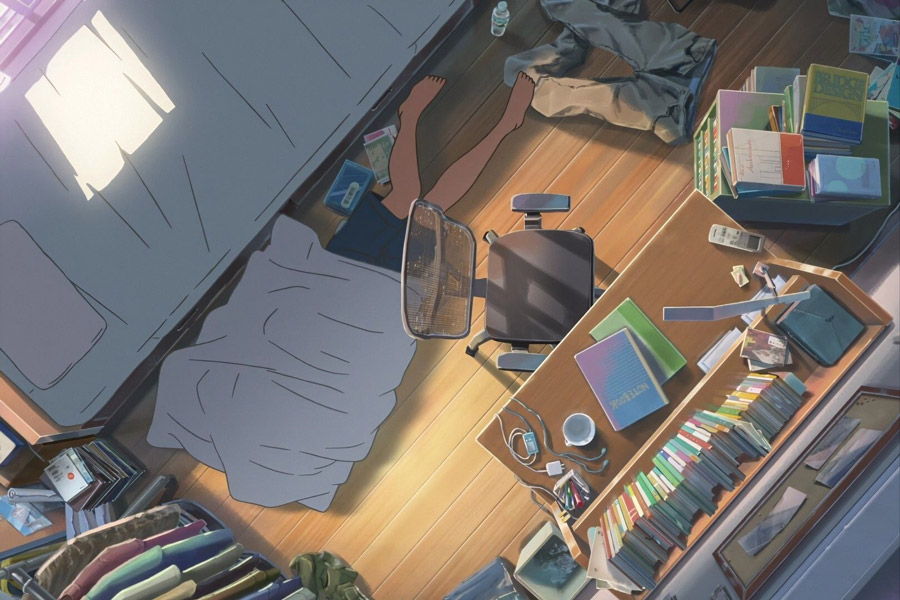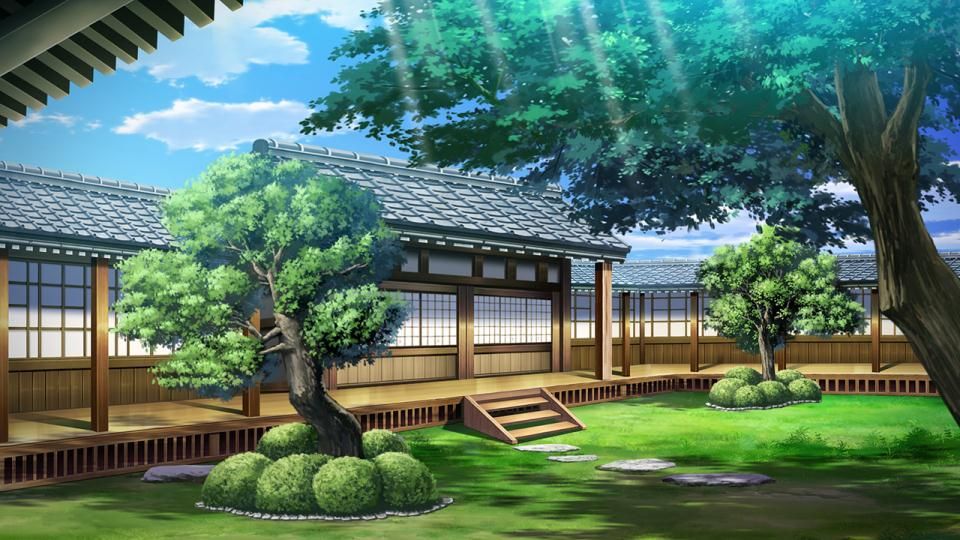The world of anime is a created universe that combines rich details and elaborate plot lines that bring stories and characters to life. While each anime has its own style, what we often overlook is that they all employ the same technique of integrating detailed surroundings to support the storyline. Even if a scene’s setting isn’t as intricate as the elements poured into a character’s appearance, the environment is critical to completing the scene. To make matters more fascinating, most anime viewers are unaware of the deeper meaning and relationship between architecture and anime.
We’ve always been huge fans of analysing architecture in anime going all the way back when we started writing. Below feature more reasons why we are such huge fans of the beautiful synergy and significance of Anime and architecture.
How the Scene’s Environment Complements the Storyline

While we may not realise it, we have a tendency to subconsciously piece together bits and pieces of information gathered from the environment of a scene to gain a better understanding of what’s going on.
While the scenery can at times have no influence on the plot , and is merely designed for aesthetic purposes, this is not always the case for all Anime. The level of detail and focus put into these can vary depending on their importance in the present scene. Dark clouds may indicate an impending storm or heavy rain, whereas a cluttered room may indicate that the person who owns the space is too lazy or too busy to clean – similar to how context clues function in literature. Take the scene above from the film Kimi No Na Wa, where Mitsuha Miyamizu woke up in Taki Tachibana’s body for the first time. The environment she was in helped her piece together certain information about whose body she was in and where she was.
Concepts Behind Aesthetic, Anime and Architecture

If you thought that the cinematic cityscapes in anime and manga were chosen for their aesthetic appeal, you’re in for a surprise. Contrary to popular belief, the architecture and aesthetics frequently featured in these films have deeper roots that are based on Japanese beliefs.
The Japanese regard architecture as an art form, similar to painting and sculpture; yet, architecture has a greater value for them in terms of experiences. In some ways, architecture is the best way to embody and mimic the richness and fullness of our interactions with nature.
With this, we have the following Japanese concepts: Shimaguni, Iki, Mono no aware, and Wabi-sabi.
Shimaguni
Roughly translates to “island country”, which is sometimes used as a metaphor in reference to Japan. However, it bears a meaning much greater than that in the sociocultural sense. In essence, Shimaguni is perceived as a sort of national spirit — it encapsulates and represents the uniqueness of Japan as an island nation, mindset, culture, and experience.
It places great emphasis and brings out the harmony between people and nature, which is often seen in various forms of Japanese culture and art such as architecture, literature, and the like.
Iki (いき)
A traditional Japanese concept or ideal on aesthetics which is widely used today in various contexts. There are many ways to use Iki, it can be used in relation to things, people, situations — anything, really.
Iki is most often used in relation to people or their wills. In the context of aesthetics, it can be seen in the act of appreciating nature’s beauty. To which we then understand that most Japanese artists aim to reproduce or replicate the beauty of nature through their works in order to achieve this aesthetic ideal.
Mono no aware (物の哀れ)
The concept Mono no aware (物の哀れ) refers to the need for experience of a thing from within, which is often experienced in literary works since we are often able to position ourselves in the shoes of the protagonist or see things from the perspective of the author.
Wabi-sabi (侘寂)
Refers to the way of appreciating the beauty of nature that translates the natural flow of life in all things. In essence, it’s an idea that brings about appreciation towards the beauty of fleeting things or the beauty of something as it ages. Therefore, making animes and mangas a great media form for wabi-sabi.

The factors that contribute to the remarkable architectural representations seen in anime and manga are not restricted to the aforementioned Japanese concepts. Various forms of Japanese visual art and entertainment have absorbed Western influences while keeping their Japanese roots.
Despite the popularity of Western trends and ideals throughout the world, Japan has held firm in retaining traditional concepts and values across all industries to cater to their main market, themselves. Western influences were largely seen in the cinema business for its aesthetics for a time before the Japanese took over and centred the ideas in connection to their culture, literature, and visual appeal.
Although initially having concentrated on producing content for the Japanese market. Over time, its distinct appeal cultivated and sustained a devoted following overseas, as well. As a result, current Japanese trends are able to penetrate overseas markets via anime and manga. Keeping these considerations in mind, architectural depictions in anime and mangas keep surroundings vital to cultural and historical Japan while ensuring that overseas consumers may still relate with the environment.
Representations of Architecture in Anime

Anime are able to demonstrate more architectural representations than manga because anime have a broader and more flexible visual form. As a result, some anime adaptations pursue more basic architectural styles than manga adaptations, and vice versa. Take the image comparison above from the manga and anime adaptation of Jujutsu Kaisen. While the manga art is detailed already, the anime adaptation of the same scene not only made the Gojo’s image more defined, but also added more detail to its background as compared to the manga version.
Architectural representations in anime are not always comparable to a specific message or hint intended to increase viewers’ knowledge of the plot or the scene itself. There could be a few incidental features found within a specific scene or segment that have no influence on the plot and were primarily introduced for aesthetic purposes. Regardless of whether these representations are meaningful or not, the architecture of the environment plays important roles in the association of places and provides cues for viewers to better understand the scene. As a result, associations and interpretations are based on how the elements are presented and how the audience absorbs the content.
Architectural representations, in general, are an expression of the Japanese spirit and aesthetic notions of an idea into a specific representation. While the majority of the representations are rather obvious, it’s great to learn about the distinguished background of architecture and aesthetics in the Japanese media sector. It truly demonstrates how intricate and all-encompassing Japanese ideals and philosophies are in terms of life and aesthetics. Because of the different influences on the plot and even the surroundings of the scenarios itself, anime shows are able to portray more of Japanese culture. Whether or not the environment is prominently drawn, it is true that it assists viewers to better put together ideas and enjoy the visual pleasure of each scene.

















































